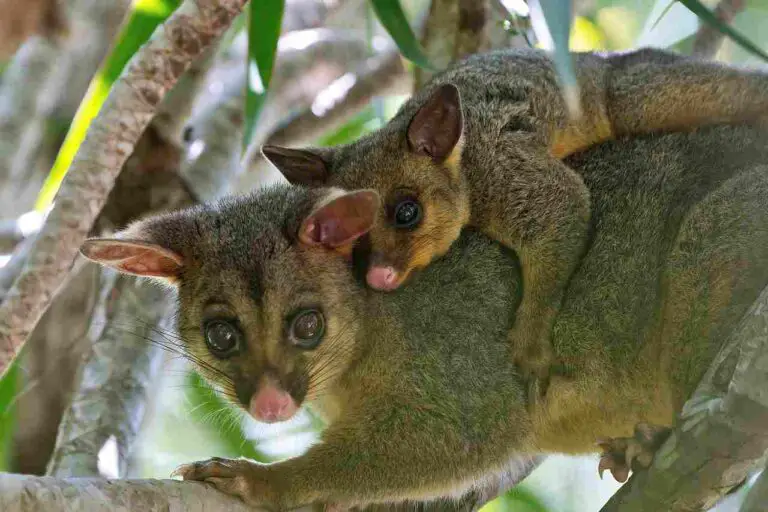Chinese Rat Snake Facts, Characteristics, Description
Chinese rat snakes (Ptyas korros) are medium to large-sized reptiles found in East and Southeast Asia. They exhibit various adaptations for survival, including cryptic coloration, agile climbing abilities, and keen senses for prey detection. While their conservation status varies, threats such as habitat loss and illegal collection for the pet trade exist. Nonetheless, they are occasionally kept as pets due to their manageable size and attractive appearance.
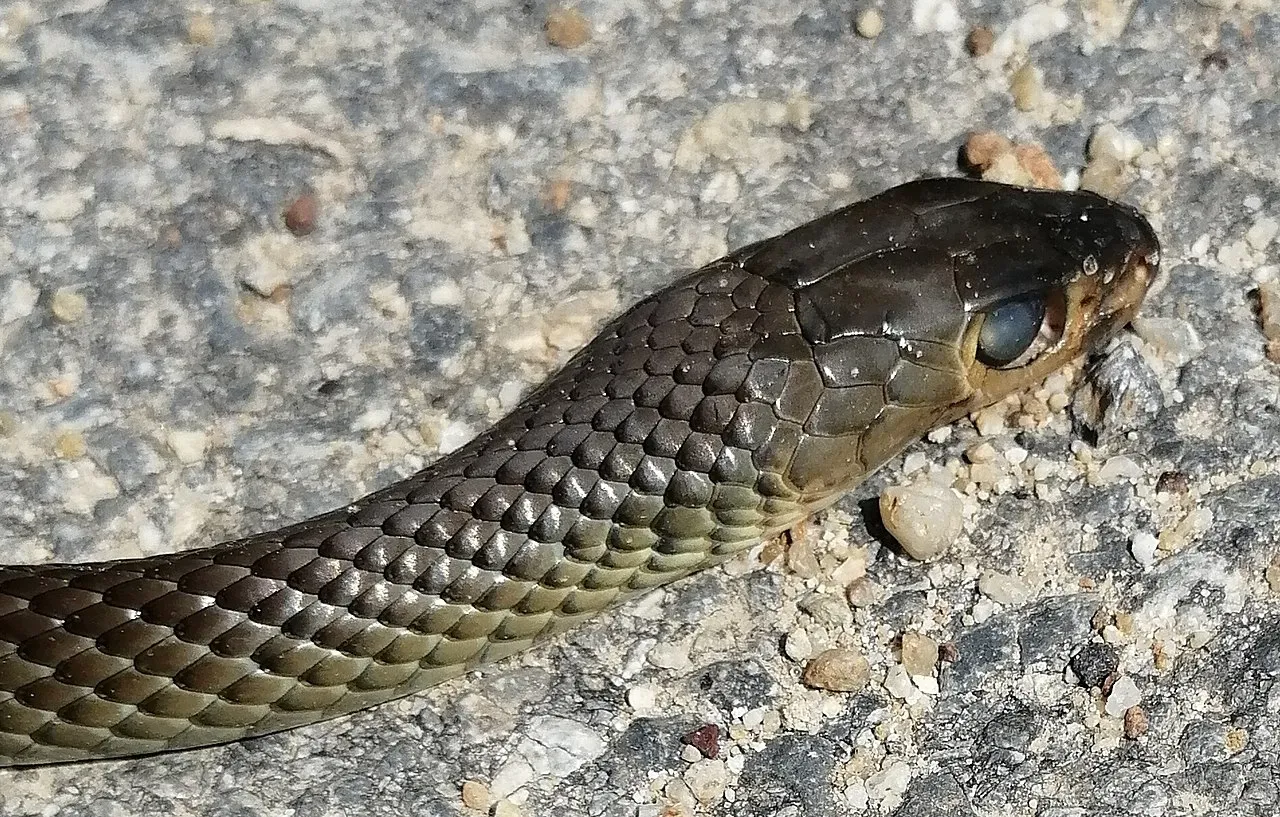
*Facts About Chinese Rat Snake
- Chinese rat snakes are reptiles native to East and Southeast Asia.
- They belong to the Colubridae family and are scientifically classified as Ptyas korros.
- Some subspecies of Chinese rat snakes include Ptyas korros korros and Ptyas korros brevicauda.
- Adults typically measure between 1.2 to 2 meters in length and weigh 1 to 2 kilograms.
- Their appearance includes a slender body, elongated head, and greenish-gray or olive-brown coloration with dorsal markings.
- Chinese rat snakes have numerous small teeth and a moderate bite force.
- They eat small mammals, birds, eggs, amphibians, and occasionally insects.
- Chinese rat snakes are primarily active during the day and are agile climbers.
- They have limited vocalizations, usually hissing or tail rattling as a warning.
- Their habitat includes forests, grasslands, agricultural areas, and suburban environments.
- They are found in China, Taiwan, Vietnam, Laos, Cambodia, and Thailand.
- Chinese rat snakes leave distinctive belly scale patterns as tracks.
- Reproduction is oviparous, with females laying clutches of 6 to 20 eggs in spring.
- In the wild, they live about 10 to 15 years, but in captivity, they can live longer.
- Major adaptations include cryptic coloration, agile climbing abilities, and keen senses.
- Conservation status varies, with threats like habitat loss and illegal collection.
- They are sometimes kept as pets due to their manageable size and attractive appearance.
| Criteria | Details |
| Scientific Classification |
Kingdom: Animalia
Phylum: Chordata
Class: Reptilia
Order: Squamata
Family: Colubridae
Genus: Ptyas
Species: Ptyas korros
|
| Subspecies |
Several recognized subspecies including Ptyas korros korros and Ptyas korros brevicauda
|
| Size and Weight |
Lengths between 1.2 to 2 meters; weights between 1 to 2 kilograms
|
| Appearance and Identification |
Slender body, elongated head; greenish-gray or olive-brown coloration with darker dorsal markings
|
| Dentition and Bite Force |
Numerous small teeth arranged in rows; moderate bite force
|
| Diet |
Opportunistic feeders; prey on small mammals, birds, eggs, amphibians, and occasionally insects
|
| Behavior |
Primarily diurnal; agile climbers; use keen sense of smell and sight to locate prey
|
| Sounds/Vocalization |
Limited vocalizations, may hiss or rattle tail as warning
|
| Habitat |
Inhabit forests, grasslands, agricultural areas, and suburban environments with suitable cover and prey
|
| Geographic Range and Distribution |
Native to China, Taiwan, Vietnam, Laos, Cambodia, and Thailand
|
| Tracks |
Distinctive belly scale patterns provide insights into presence and behavior
|
| Reproduction |
Oviparous; females lay clutches of 6 to 20 eggs in concealed locations in spring
|
| Lifespan |
Average lifespan of 10 to 15 years in the wild; longer in captivity
|
| Major Adaptations |
Cryptic coloration, agile climbing abilities, keen senses for prey detection
|
| Conservation Status |
Varied among subspecies and regions; threats include habitat loss and illegal collection for pet trade
|
| Domestication and Suitability as a Pet |
Occasionally kept as pets due to manageable size, docile temperament, and attractive appearance
|
1). Scientific Classification:
Kingdom: Animalia
Phylum: Chordata
Class: Reptilia
Order: Squamata
Family: Colubridae
Genus: Ptyas
Species: Ptyas korros
2). Subspecies:
Details: The Chinese rat snake (Ptyas korros) has several recognized subspecies, including Ptyas korros korros and Ptyas korros brevicauda.
Importance: Understanding subspecies helps researchers track regional variations, genetic diversity, and adaptability to different environments.
Ecological Implications: Subspecies variations may indicate localized adaptations and responses to specific ecological conditions, aiding in conservation efforts tailored to different populations.
3). Size and Weight:
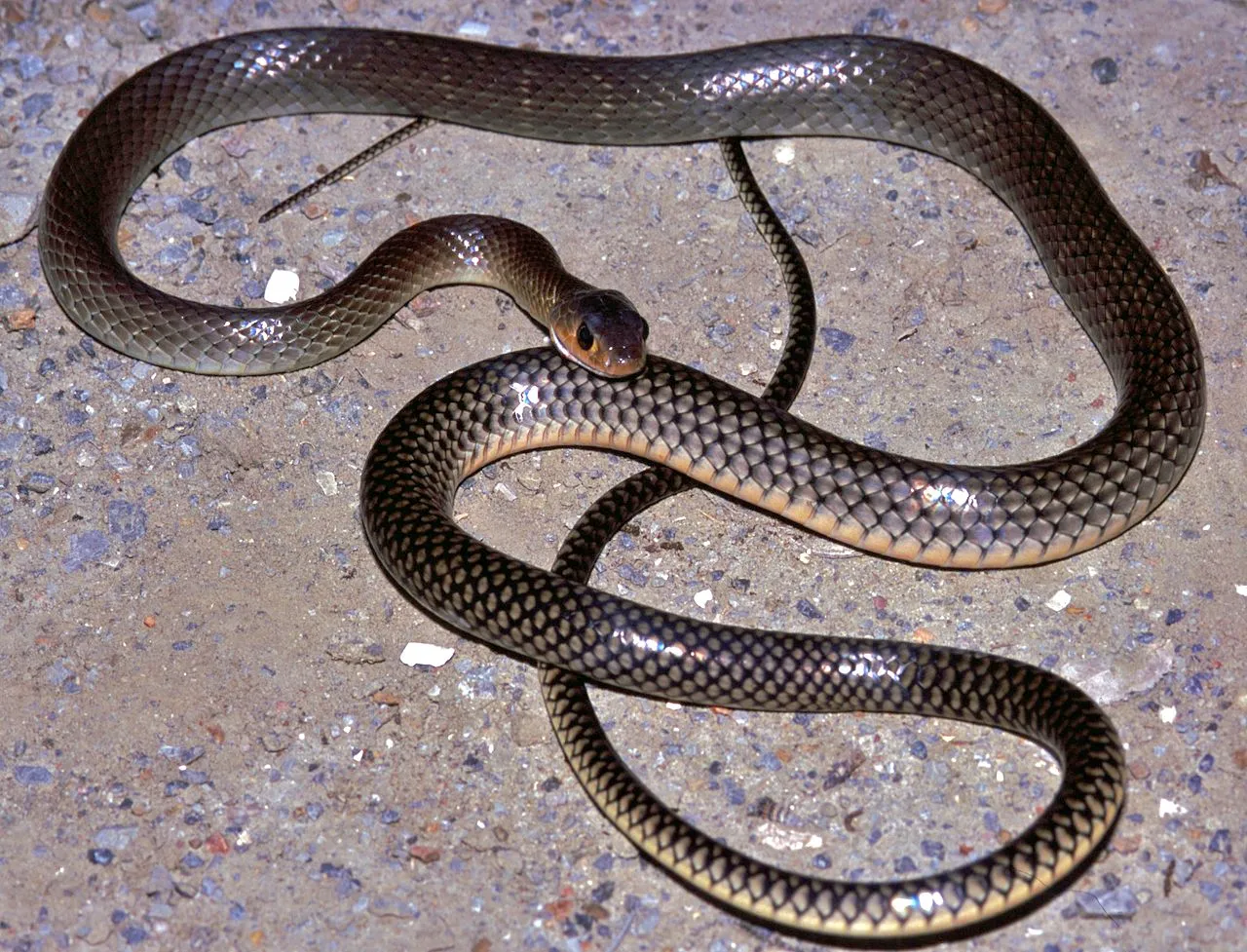
Details: Chinese rat snakes are typically large, with adults reaching lengths between 1.2 to 2 meters (4 to 6.5 feet). They can weigh between 1 to 2 kilograms (2.2 to 4.4 pounds).
Importance: Size and weight influence the snake’s role in the ecosystem, its prey selection, and its interactions with other species.
Ecological Implications: As apex predators, larger Chinese rat snakes help control prey populations, contributing to ecosystem balance. Their size also impacts their energy requirements and habitat needs.
4). Appearance and Identification:
Details: Chinese rat snakes have slender bodies, elongated heads, and smooth scales. They typically exhibit a greenish-gray or olive-brown coloration with darker dorsal markings and a lighter underside.
Importance: Physical appearance aids in species identification, habitat assessment, and understanding predator-prey dynamics.
Ecological Implications: Camouflage and coloration play a crucial role in hunting, avoiding predators, and thermoregulation, influencing the snake’s survival and reproductive success in its habitat.
5). Dentition and Bite Force:
Details: Chinese rat snakes possess numerous small teeth arranged in rows, primarily used for grasping and holding prey. Their bite force is moderate compared to larger constrictors.
Importance: Dentition and bite force impact prey capture efficiency, feeding behavior, and interactions with other species.
Ecological Implications: Effective dentition allows Chinese rat snakes to consume a diverse range of prey, contributing to controlling pest populations and maintaining ecosystem balance. Moderate bite force reduces the risk of injury to larger prey or potential predators, minimizing ecological disturbance.
6). Diet:
Details: Chinese rat snakes are opportunistic feeders, preying on small mammals, birds, eggs, amphibians, and occasionally insects.
Importance: Understanding dietary preferences helps assess their ecological role, competition with other predators, and potential impacts on prey populations.
Ecological Implications: By consuming a variety of prey species, Chinese rat snakes help regulate populations of rodents and other small animals, contributing to ecosystem stability and biodiversity.
7). Behavior:
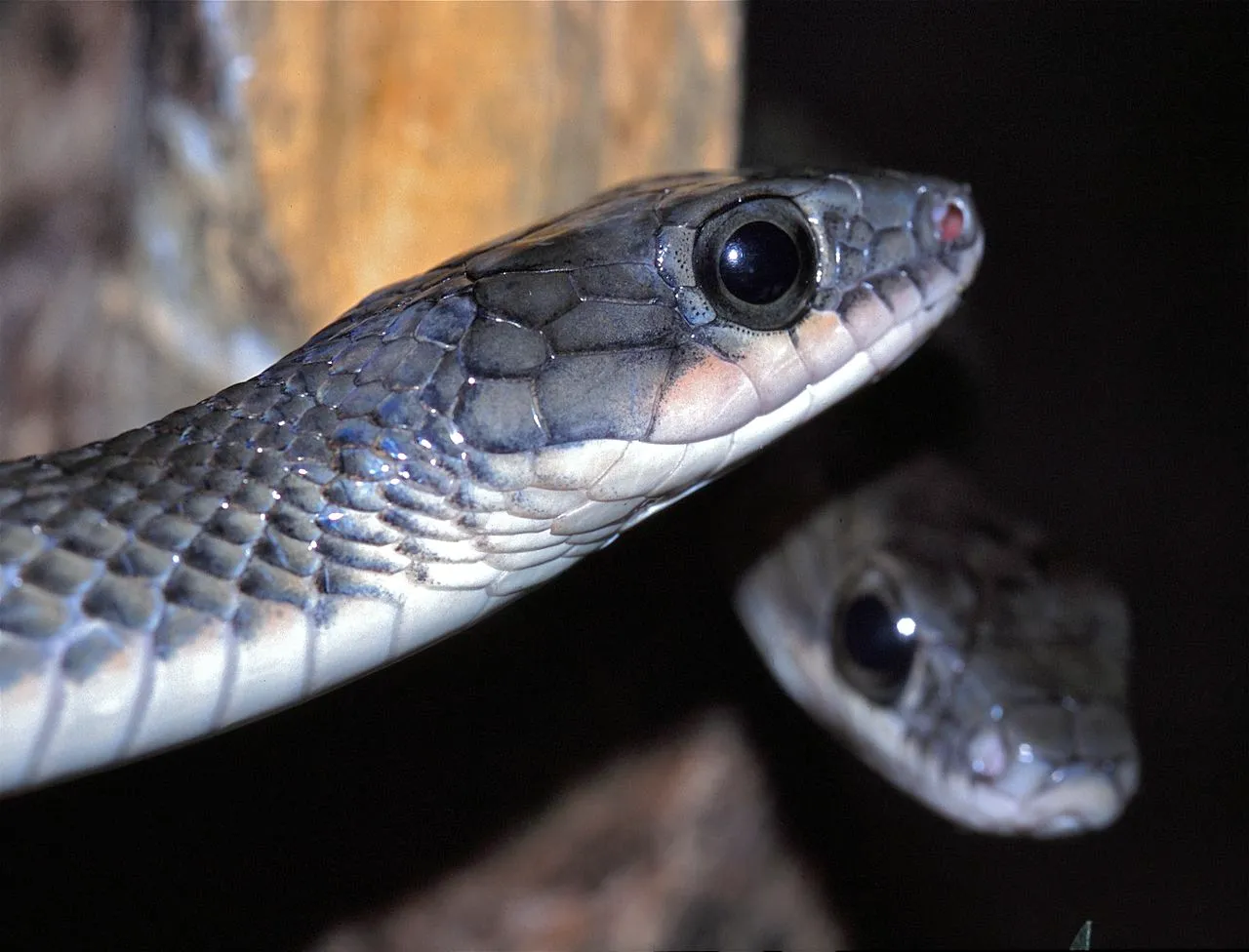
Details: Chinese rat snakes are primarily diurnal, active during the day, and are agile climbers. They use their keen sense of smell and sight to locate prey.
Importance: Behavioral patterns influence habitat use, predator avoidance, and reproductive strategies.
Ecological Implications: Diurnal activity patterns affect interactions with other diurnal species and may influence predator-prey dynamics. Agile climbing abilities allow Chinese rat snakes to access a variety of habitats and prey, contributing to their ecological niche and distribution.
8). Sounds/Vocalization:
Details: Chinese rat snakes are not known for vocalizations or sounds beyond hissing or rattling their tails as a warning.
Importance: Vocalizations can serve as communication signals, mating calls, or territorial displays in some snake species.
Ecological Implications: Limited vocalization suggests reliance on other forms of communication, such as body language or chemical cues, which may affect social interactions, mating behaviors, and predator avoidance strategies.
9). Habitat:
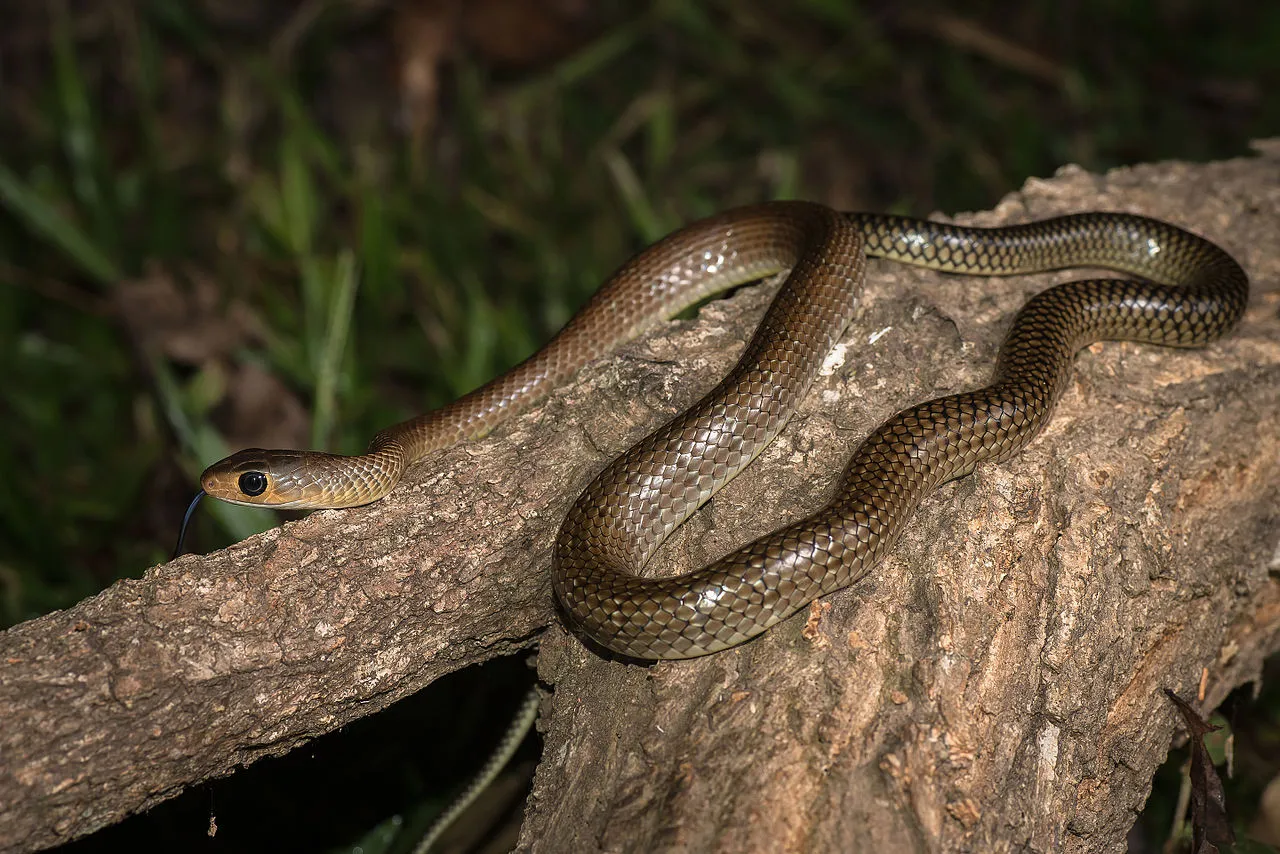
Details: Chinese rat snakes inhabit a variety of habitats, including forests, grasslands, agricultural areas, and suburban areas with suitable cover and prey.
Importance: Habitat preferences determine the snake’s distribution, abundance, and interactions with other species.
Ecological Implications: Adaptation to diverse habitats allows Chinese rat snakes to thrive in different environments, influencing ecosystem dynamics, prey availability, and human-wildlife conflicts in anthropogenic landscapes.
10). Geographic Range and Distribution:
Details: Chinese rat snakes are native to East and Southeast Asia, including China, Taiwan, Vietnam, Laos, Cambodia, and Thailand.
Importance: Understanding their range helps in conservation planning, management of invasive species, and assessing potential threats.
Ecological Implications: Geographic distribution reflects the species’ adaptation to specific environmental conditions, including climate, habitat types, and prey availability, influencing its role in local ecosystems and regional biodiversity.
11). Tracks:
Details: Chinese rat snakes leave distinctive tracks characterized by the pattern of their belly scales, which may include parallel lines or alternating impressions.
Importance: Tracking signs provide valuable insights into the presence, movement, and behavior of snakes in their habitat.
Ecological Implications: Tracking allows researchers to study the spatial ecology, habitat use, and population dynamics of Chinese rat snakes, aiding in conservation efforts and management strategies.
12). Reproduction:
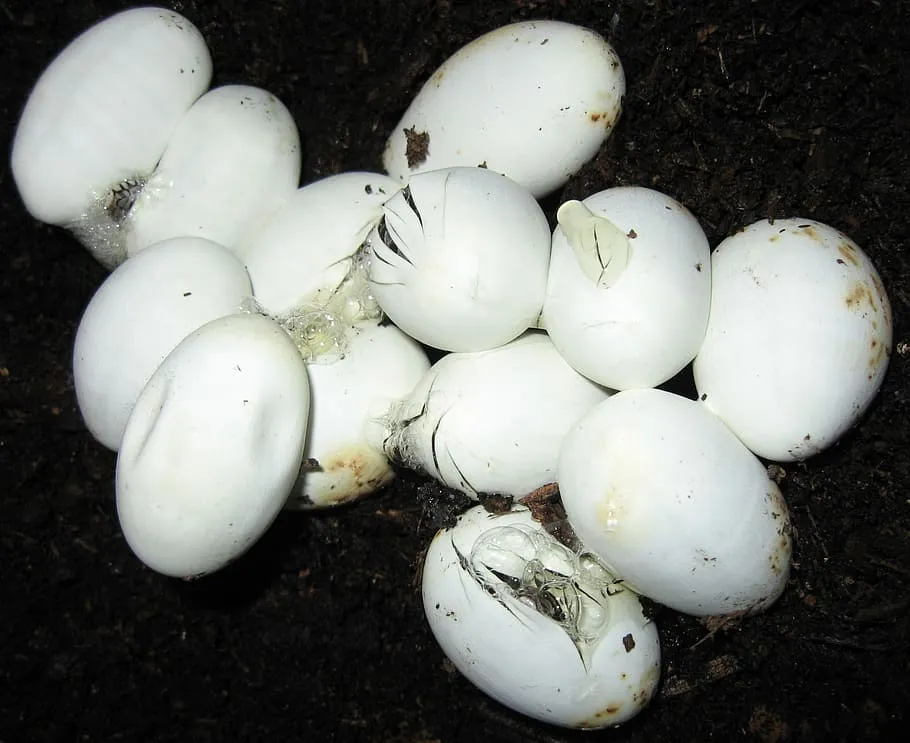
Details: Chinese rat snakes are oviparous, meaning they lay eggs. Mating typically occurs in the spring, with females laying clutches of 6 to 20 eggs in concealed locations such as rotting logs or burrows.
Importance: Reproductive behavior influences population dynamics, genetic diversity, and species resilience.
Ecological Implications: Successful reproduction ensures the continuity of Chinese rat snake populations, contributing to ecosystem functioning and maintaining trophic interactions within their habitat.
13). Lifespan:
Details: Chinese rat snakes have an average lifespan of 10 to 15 years in the wild, although individuals in captivity can live significantly longer, up to 20 years or more.
Importance: Lifespan affects population demographics, survivorship, and ecological interactions over time.
Ecological Implications: Understanding lifespan helps estimate population turnover rates, assess population viability, and evaluate the long-term ecological impacts of environmental disturbances or human activities on Chinese rat snake populations.
14). Major Adaptations:
Details: Chinese rat snakes possess several adaptations for survival, including cryptic coloration for camouflage, agile climbing abilities for accessing prey and escaping predators, and a keen sense of smell and sight for detecting prey.
Importance: Adaptations enable species to exploit ecological niches, respond to environmental challenges, and thrive in diverse habitats.
Ecological Implications: Successful adaptations enhance the Chinese rat snake’s efficiency as a predator, influencing prey populations, trophic dynamics, and ecosystem structure in its native habitats.
15). Conservation Status:
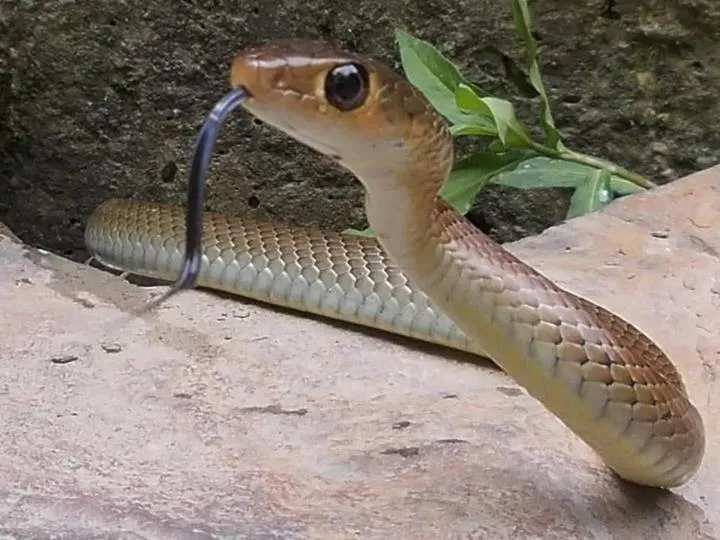
Details: The conservation status of Chinese rat snakes varies among subspecies and geographic regions. While some populations may face threats from habitat loss, fragmentation, and illegal collection for the pet trade, others may benefit from protected areas and conservation initiatives.
Importance: Conservation status informs management strategies, prioritizes conservation actions, and guides policy decisions to ensure the species’ long-term survival.
Ecological Implications: Conservation efforts aimed at protecting Chinese rat snakes contribute to preserving biodiversity, maintaining ecosystem balance, and safeguarding habitats crucial for other species sharing their environment.
16). Domestication and Suitability as a Pet:
Details: Chinese rat snakes are occasionally kept as pets by reptile enthusiasts due to their manageable size, relatively docile temperament, and attractive appearance.
Importance: Understanding the pet trade’s impact on wild populations helps mitigate potential threats to native species and ecosystems.
Ecological Implications: Responsible pet ownership and breeding practices minimize the risk of introducing invasive species or spreading diseases, supporting conservation efforts and promoting ethical interactions with wildlife.
*Summary of Information On Chinese Rat Snake
Chinese rat snakes (Ptyas korros) belong to the family Colubridae and are native to East and Southeast Asia.
They have several recognized subspecies, including Ptyas korros korros and Ptyas korros brevicauda.
Adults typically reach lengths between 1.2 to 2 meters and weigh between 1 to 2 kilograms.
Their appearance features a slender body, elongated head, and greenish-gray or olive-brown coloration with darker dorsal markings.
Chinese rat snakes possess numerous small teeth arranged in rows and have a moderate bite force.
They are opportunistic feeders, preying on small mammals, birds, eggs, amphibians, and occasionally insects.
Chinese rat snakes are primarily diurnal and agile climbers, using their keen sense of smell and sight to locate prey.
They are not known for vocalizations beyond hissing or tail rattling as a warning.
Their habitat includes forests, grasslands, agricultural areas, and suburban environments with suitable cover and prey.
Chinese rat snakes are native to China, Taiwan, Vietnam, Laos, Cambodia, and Thailand.
Tracking signs, such as distinctive belly scale patterns, provide insights into their presence and behavior in the wild.
Reproduction is oviparous, with females laying clutches of 6 to 20 eggs in concealed locations in the spring.
Their average lifespan is 10 to 15 years in the wild, with individuals in captivity living longer.
Major adaptations include cryptic coloration, agile climbing abilities, and keen senses for prey detection.
Conservation status varies among subspecies and regions, with threats including habitat loss and illegal collection for the pet trade.
Chinese rat snakes are occasionally kept as pets due to their manageable size, docile temperament, and attractive appearance.

